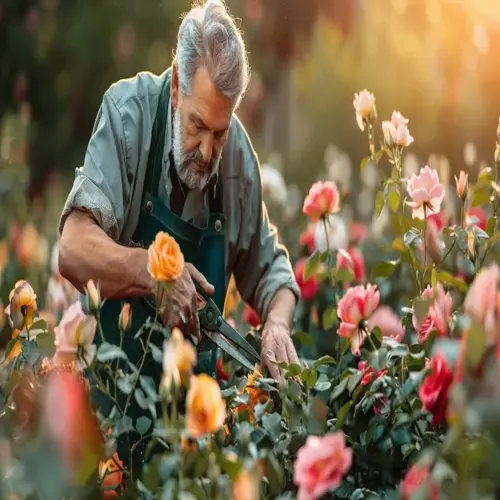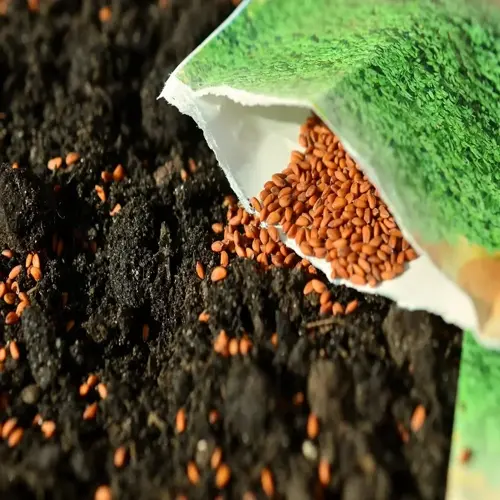What methods work for seed scarification?

Written by
Julia Anderson
Reviewed by
Prof. Charles Hartman, Ph.D.Grasping efficacious scarification strategies changes the equation on seed starting success. Different scarification procedures are suitable for various types and sizes of seeds. Selecting inappropriate procedures can damage fragile seeds. Proper procedure can significantly enhance germination (as appropriate for the seed) at substantially higher rates. The following comparison of the mechanical, thermal, and soaking procedures is practical.
Mechanical Approach
- Use fine sandpaper for seeds under 3mm like milkweed
- Apply files to medium nasturtium seeds with light pressure
- Nick large bean seeds carefully with sharp knives
Thermal Treatment
- Boil water to 212°F for 5-10 second dips
- Immediately transfer seeds to 70-80°F water
- Ideal for extremely hard coats like morning glories
Water Soaking
- Submerge seeds in 70-80°F water for 8-24 hours
- Effective for moderately hard lupine seeds
- Change water every 4 hours to prevent stagnation
Mechanical treatments operate via controlled abrasion. Excellent sandpaper works well for small milkweed seeds. Be gentle and use a circular motion. When you see the white inner seed coat, you can stop. Medium nasturtium seeds are best suited for use with files. Don't worry, you don't need a knife unless you're using large beans. Always work over a tray to catch small seeds.
Hydrothermal scarification is done through boiling water. For hard-coated morning glories, drops down to 212°F (100°C) are tolerated; for some sensitive seeds like bluebonnets, lower temperatures are required. After boiling, immediately transfer to room-temperature water. This thermal shock acts as a mechanism similar to how they would adapt to fire in nature.
Water soaking requires exact temperatures. Use a thermometer to maintain the temperature between 70 and 80°F. If the temperature is less than 60°F, the seed will not absorb. If the temperature exceeds 90°F, it can cook the embryos. Change the water regularly to facilitate oxygen exchange. Lukewarm water soaking appears to be most effective on hard-coated seeds of lupine.
Associate methods with seed traits. Pay attention to coat thickness or embryo sensitivity. Work with small amounts of unfamiliar seeds first. Keep outcomes in a garden journal. Modify approach based on germination results. Share effective gardening techniques with others.
Read the full article: How to Scarify Seeds: A Complete Guide

